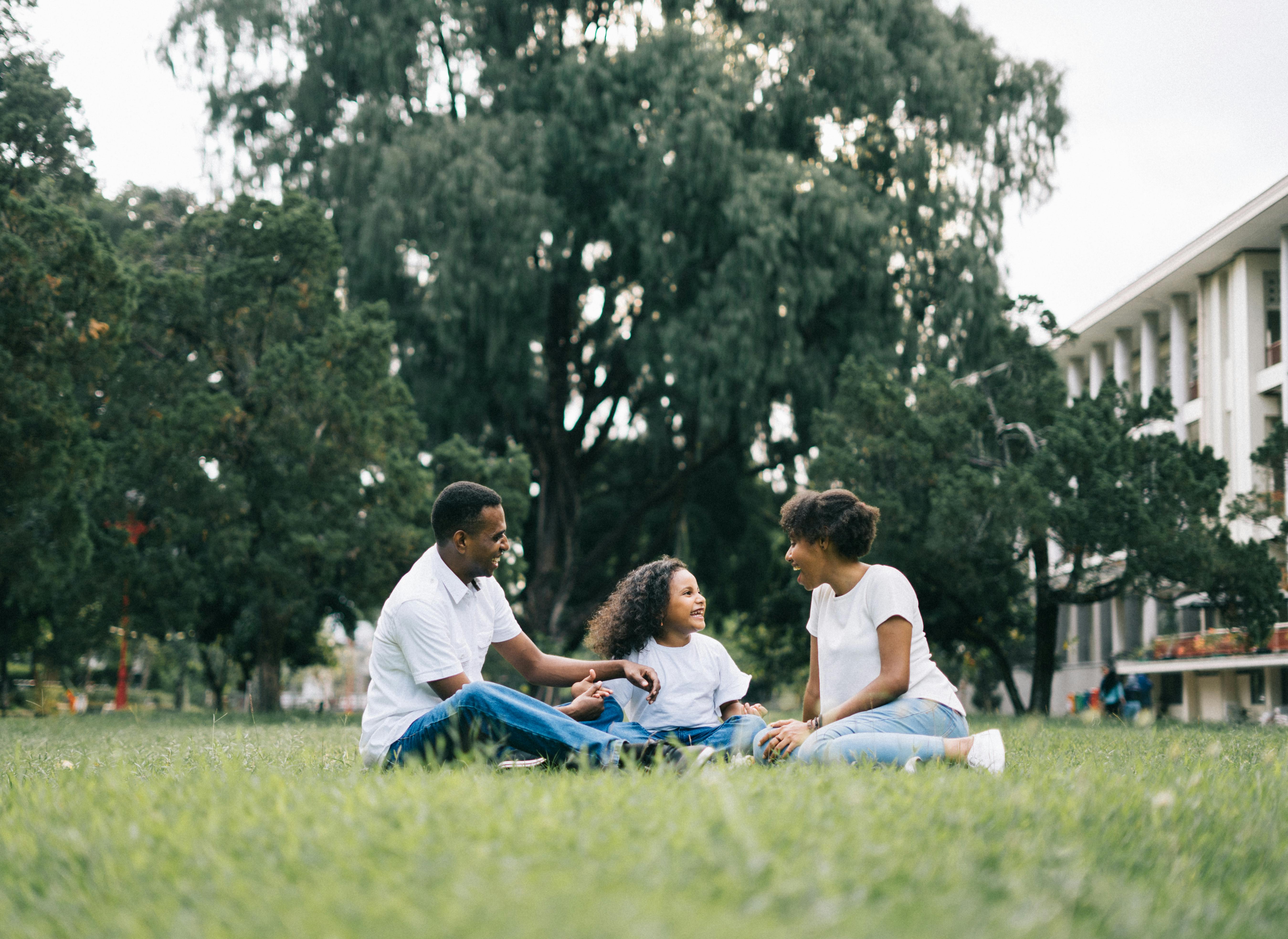Chances are you’ve heard about mindfulness and meditation, possibly as part of a self-care routine. These two practices may come up in mental health conversations, too. But start searching online, and you may find some confusing or conflicting information. We hope that this short blog post can answer your questions, and provide clarity.
In this blog, you’ll learn the difference between mindfulness and meditation, as well as pros and cons of these practices, for children and adults.
Our team of child mental health experts, led by renowned child psychiatrist Dr. Helen Egger, provided the information for this post.
Understanding mindfulness vs meditation
Both mindfulness and meditation are practices that are intended to foster a connection between mind and body. That said, they are two different practices.
Mindfulness
Mindfulness is the ability to pay attention to your feelings, senses, actions, and surroundings in the here-and-now, and to be engaged in that moment’s experiences without judgment.
Professor Jon Kabat-Zinn, Ph.D., defines mindfulness as “paying attention in a particular way, on purpose, in the present moment and nonjudgmentally.”
Mindfulness is a skill that can be cultivated in daily life. Those who practice mindfulness are working to strengthen their mind’s capacity to be fully present in the moment.
Meditation
Meditation is an intentional practice wherein you work to increase calmness, concentration, awareness, and emotional balance.
There are many different types of meditation, from the type of quiet breathing practices you see on TV, to guided meditations and beyond. It typically requires dedicated time and space to practice.
Meditation and mindfulness are related. In many cases, meditation as an activity includes focused mindfulness and helps to cultivate mindfulness. In fact, there is a type of meditation called mindfulness meditation, which is a formal practice where your goal is to learn to be fully present. That said, not all meditation includes a mindfulness practice.
Benefits of mindfulness vs meditation for kids and adults
The practices of mindfulness meditation or mindfulness have existed for over 2,500 years.
Studies indicate that both mindfulness and meditation can have a positive impact on mental, emotional, and physical well-being for kids and adults.
These include:
- Improved subjective well-being.
- Reduced anxiety and depression.
- Decreased emotional reactivity.
- Improved behavioral regulation.
- Reduced blood pressure
- Improved sleep.
Benefits of mindfulness and meditation for adults
Research has shown that mindfulness meditation and clinical variants, including mindfulness-based cognitive behavioral therapy (CBT), have been shown to improve anxiety, depression, stress, and mental health quality of life for adults.
Benefits of mindfulness and meditation for children
Research has also found that meditation for children can benefit attention, behavior, academic performance, sleep, and emotional regulation. Mindfulness-based cognitive behavioral therapy (CBT) is an evidence-based intervention used to treat pediatric anxiety.
“As a child psychiatrist for over 30 years and co-founder of children’s mental health platform Little Otter, we teach parents and children mindfulness practice and meditation to enhance the child’s attention, emotional awareness, sleep, and engagement.”
— Dr. Helen Egger, Co-Founder & Chief Medical and Scientific Officer of Little Otter
Mindfulness, meditation, and medical professionals
We all experience stress and anxiety, but when these worries impact your - or your loved one’s - ability to live a full life, it’s time to talk to a doctor.
In these cases, a comprehensive mental health evaluation and, as applicable, treatment, is important. (After all, the sooner we can identify and begin treating mental health challenges, the less their impact over the course of a life.)
While self-directed mindfulness and meditation may help these symptoms, evidence-based psychotherapy interventions and possibly medication are the appropriate treatments. As noted above, there are evidence-based psychotherapies where mindfulness and meditation are integral aspects of the treatment.
It’s important to realize that children as young as three and throughout childhood experience impairing anxiety disorders and depression.
If you’re concerned your child might be experiencing anxiety and/or depression, it’s essential to consult with a pediatric mental health professional. This child mental health expert can assess the child’s challenges and provide evidence-based treatments. At Little Otter we provide mental health care for kids 0-14 and their families.
Risks of mindfulness vs. meditation
As with most practices, it’s important to find what works for you and pay attention to your body. Some people may find that mindfulness and meditation don’t ease worries or aid relaxation. More specifically, people with anxiety, depression, PTSD, or other mental health challenges might find that mindful focus and meditation practice heighten anxiety and stress, and bring up troubling thoughts or memories.
There is some research that indicates potential negative effects of meditation and/or mindfulness.
A study of adults in 2021 found that mindfulness-based programs had at least one negative side effect, including negative feelings or negative impact on functioning. Between 6-14% of the participants reported longer term negative impacts including dysregulated arousal (hyperarousal and dissociation).
A large study of ~28K children aged 11-14 conducted in 2022 found that school-based mindfulness programs:
- Didn’t improve the mental health of children, and
- May have had a negative impact on students with existing or emerging mental health challenges.
It’s important to be aware of potential challenges related to a mindfulness or meditation program, so that you can pay attention to changes you or your loved ones may experience.
Tips for Starting a Mindfulness or Meditation Routine
For meditation, it’s helpful to start slow and set a schedule to fit this practice into your everyday routine. You can also incorporate meditation into different activities, such as walking or yoga.
As for mindfulness, try to take short pauses in everyday life to check back in with your surroundings. This can be practiced throughout the day, as the more you practice it, the more benefits you may feel. If you’re looking for specific tools to get you started, you can explore journals, activity cards, and resources to help enhance your family’s mindfulness practice on the Little Otter Shop.
in this article
.avif)

.png)

.jpg)

.jpg)








.svg)

